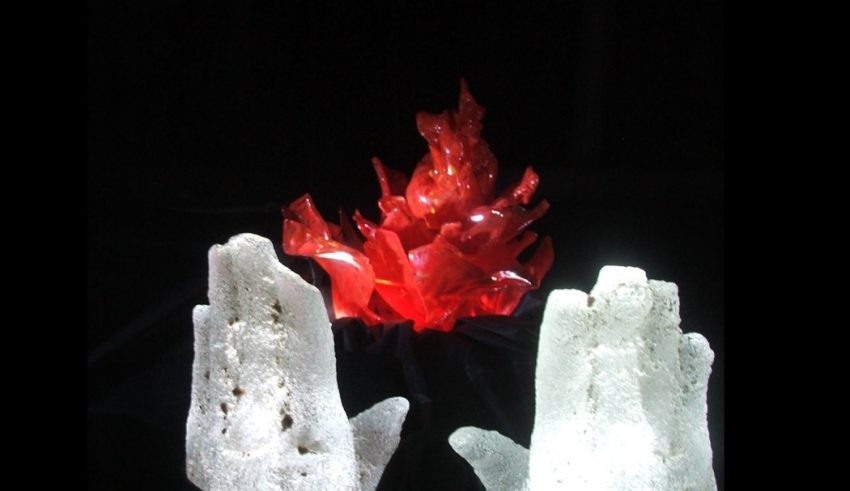
This effective resistance to change on the part of complex systems (organizations) is founded, in part, on a process that has rather recently been discovered (or at least articulated) by those who focus on complex systems. As identified by Prigogine (1984), this process is called “self-organization.” The term Complex Adaptive Systems (CAS) has been applied in more recent years to those organizations that operate in this self-organizing manner. Here is a brief description of CASs, offered by Scott Page (2011, pp. 6-7):
Complex systems are collections of diverse, connected, interdependent entities whose behavior is determined by rules, which may adapt, but need not. The interactions of these entities often produce phenomena that are more than the parts. These phenomena are called emergent. . . . Each [CAS] contains diverse, connected entities that interact. Each produces outcomes that exceed the capacities of its component parts.
Here is the first key point. Complex adaptive systems tend to self-organize—and in this self-organization they will inherently be adaptive, creative, and evolutionary. There is a second key point that concerns how the CASs operate. It seems that the more complex and adaptive the nature of a system, the less amenable this CAS is to hierarchical control. This insight flies directly in the face of conventional wisdom—especially about the way in which to lead organizations. We have always assumed that large, complex organizations require strong, coherent leadership. The opposite appears to be the case. When the parts of an organization are tightly interwoven and unique, then no one policy nor one intervention will do the trick. The new policies and interventions bounce off the complex organization – just as a hard chill will bounce off an Oak Tree (exemplifying the CAS) without changing it in any significant way. Alternativity, the new policies and interventions are assimilated (absorbed) into the existing interwoven dynamics of the organization – much as an invading pest is isolated or chemically destroyed by the Oak Tree (unless it is a very old tree or has been the recipient of major damage). If the tree is in trouble, then other trees in the forest come to its assistance. The trees help out one another primarily through the transmission of information, nutrients and other forms of energy through the fungi that resides abundantly in the forest’s soil (MacFarland, 2019) It is in this assistance provided by other trees that we find and can fully appreciate the true adaptive power of a forest-based CAS.









